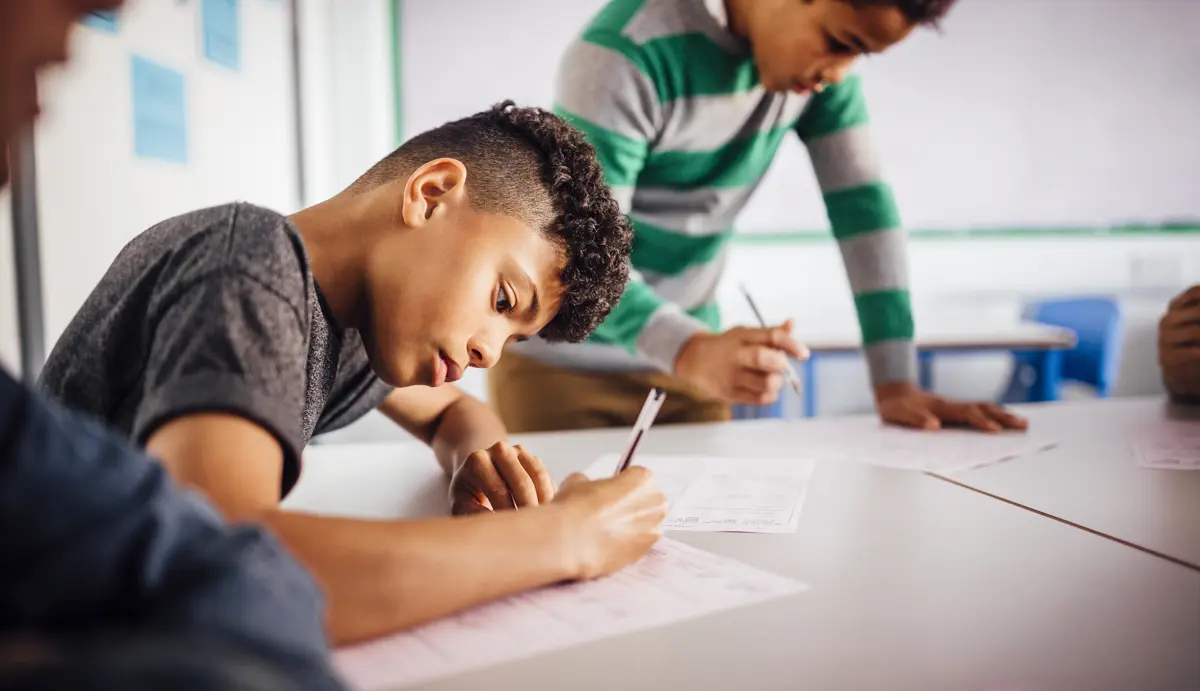Introducing credit, savings and bank accounts




This lesson contains content from a lesson previously titled Money skills lesson three: Next steps in your financial journey, you can find out about the updates here.
This lesson features in the financial education scheme of learning for 11-14 year olds. A ready-made sequence of curriculum linked resources to help you build progression in your learners' knowledge over time. Visit the Scheme of learning homepage to support with your planning.
The Introducing credit, saving and bank accounts lesson focuses on helping your students understand the key features and terminology around bank accounts, and explore how credit, borrowing and saving work.
Resources
- Introducing credit, saving and bank accounts: Lesson plan - for use with a group of students in the classroom.
- Introducing credit, saving and bank accounts: Presentation slides - to display to students and use alongside the lesson plan.
- Bank Account Comparison interactive tool - to use as part of one of the lesson activities (Internet access required).
Lesson learning outcomes
By the end of the lesson students will be able to:
- Consider the advantages and disadvantages of borrowing to fund a purchase.
- Compare bank account features and understand how they can suit different individuals.
- Use key terminology and interpret a bank statement by answering questions.
They also develop students' core transferable skills such as problem solving and communication.
These resources align to the Young Money Financial Education Planning Framework and have been awarded the Young Money Quality Mark.
Enhance your students' knowledge of the topic further by heading to BBC Teach and watching films which cover topics such as budgeting, saving, debt and understanding credit.
Why not include financial capability as a focus in your students’ wider curriculum? Refer to our Content guide to find out how LifeSkills resources can be used in PSHE or Maths lessons.
If you want to increase your own confidence to teach young people about money, Young Money provide free e-learning training to teachers across Primary and Secondary education. In addition, National Numeracy has a free website which helps you practise and refresh your everyday maths skills.
A free account gives you access to all educator content, tools and resources
Already have an account?
Log inGet started
Thank you for liking
Help us to continue creating relevant content for you by leaving some additional feedback.



